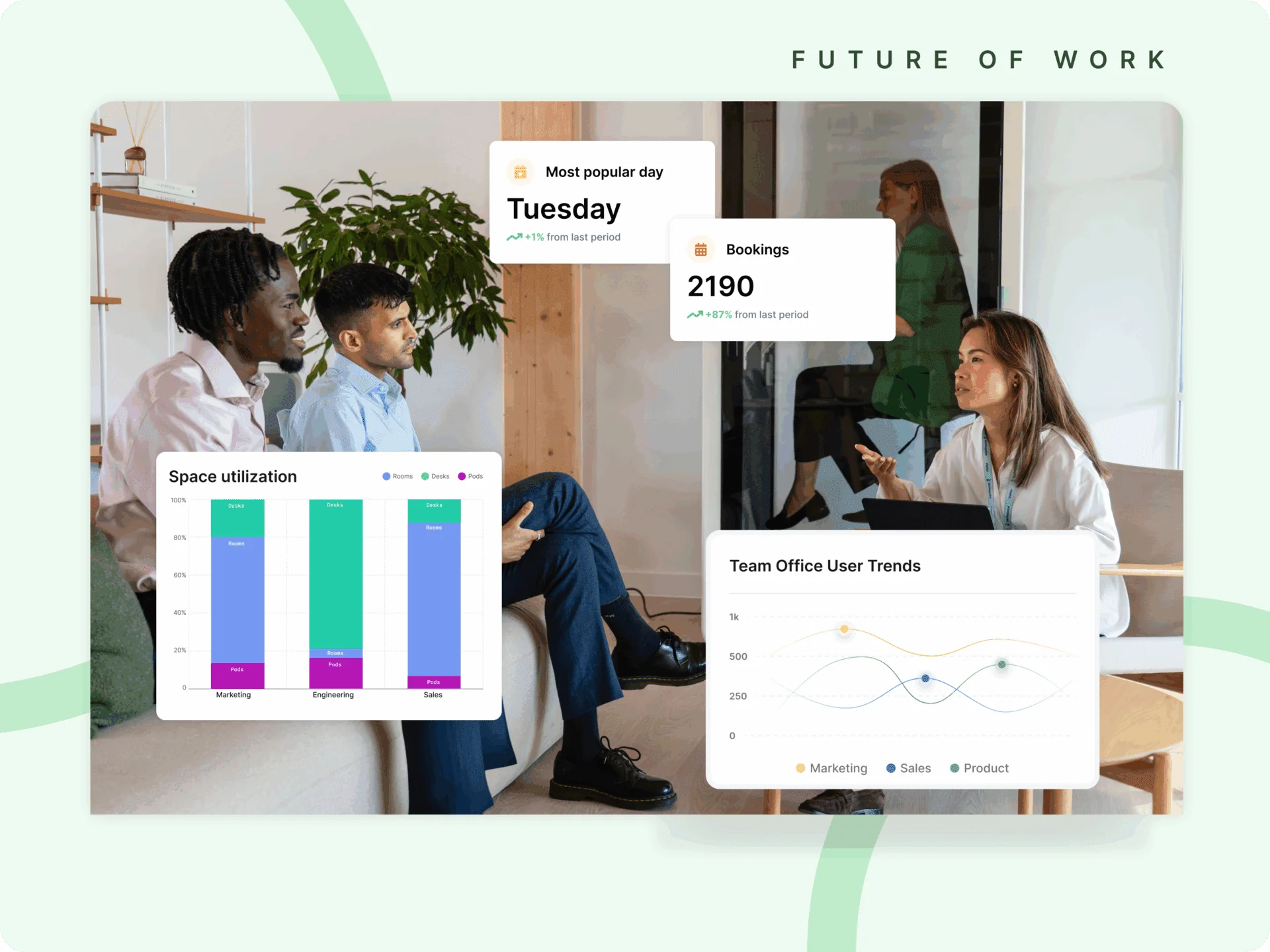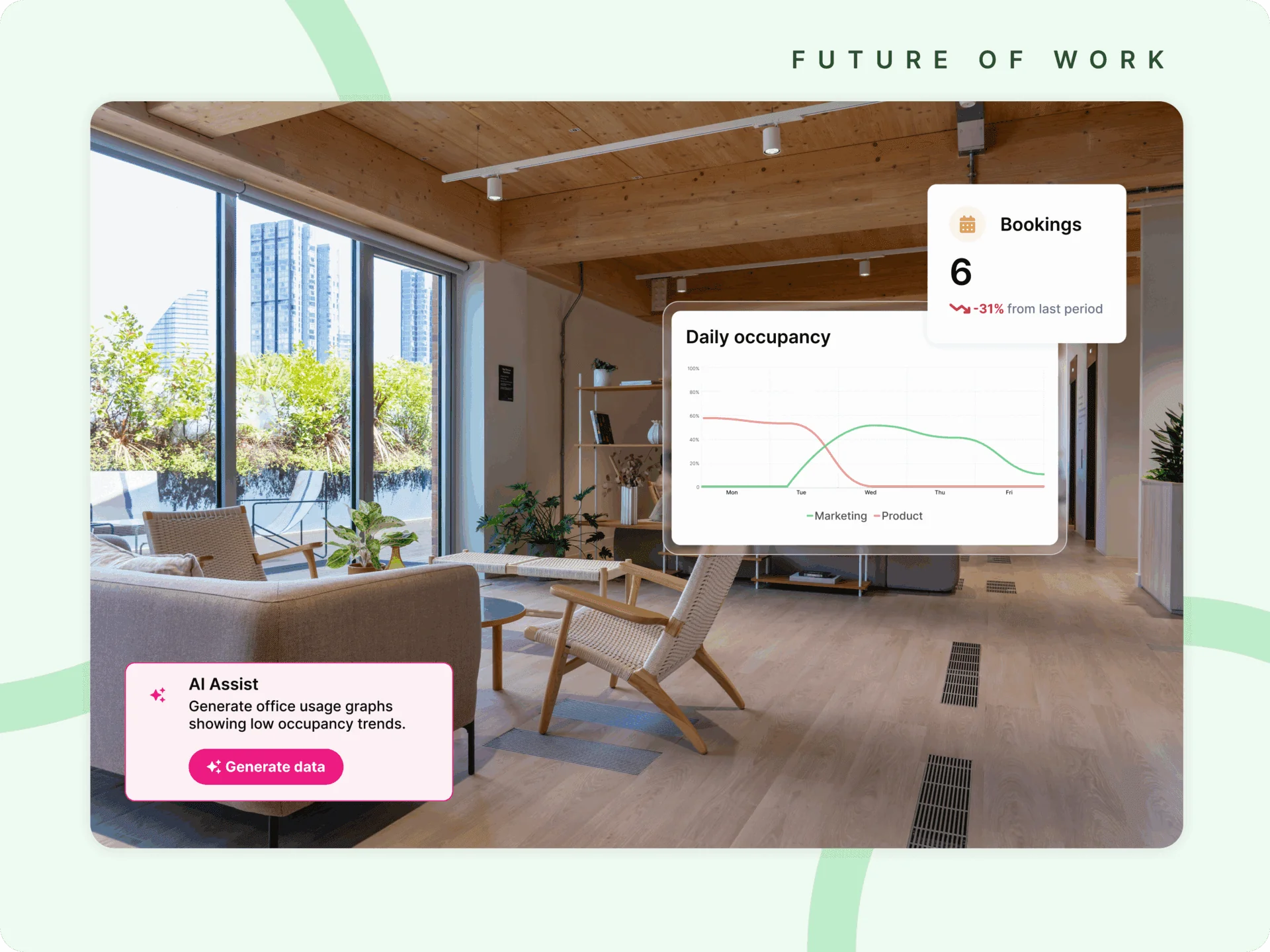The latest move by Google to pressure remote employees back into offices is more than a cost-cutting measure. It’s a case study in what happens when hybrid work lacks leadership, coordination, and clarity.
According to a recent CNBC report, multiple units within Google are warning remote employees — even those previously approved for remote roles — that their jobs could be eliminated unless they begin working from a physical office at least three days a week. In some cases, those unwilling or unable to comply are being offered voluntary exit packages.
This isn’t an isolated shift. It comes as tech companies grapple with rising infrastructure costs and an AI arms race demanding aggressive reallocation of resources. But amid that urgency, Google’s inconsistent and fragmented approach to hybrid work reveals a troubling dynamic: when flexibility isn’t paired with coordination, it breaks down. The company’s headcount has already declined — from roughly 190,000 two years ago to around 183,000 at the end of last year — and these latest cuts suggest that hybrid workers may continue to bear the brunt of leadership misalignment. And employees — the very people powering innovation — are the ones who pay the price.
When Visibility Replaces Value
The core issue is not remote work itself. It’s the leadership vacuum that arises when remote and hybrid policies are built on visibility bias rather than outcomes. In Google’s case, some employees received approval to work remotely during the pandemic or due to their roles’ specific requirements. Yet now, without a change in performance or results, those same employees are being told that proximity to an office suddenly matters more than impact.

CNBC reporting indicated that remote workers at Google felt increasingly vulnerable as teams began tightening return-to-office expectations, and employees were warned that their roles could be eliminated if they didn’t adopt a hybrid schedule. That statement reveals a deep-rooted problem in how performance is perceived and rewarded. It also signals that teams aren’t operating under a shared framework for hybrid work. Some units are mandating relocations, while others are merely encouraging office presence. The lack of alignment is more than a logistical problem — it’s a cultural one.
What Google’s Approach Tells Us
Rather than taking a company-wide stance grounded in purpose, Google has allowed hybrid work to become a team-by-team decision. While some argue that decentralization allows for flexibility, the outcome here is confusion and inequality. The People Operations team, for example, has mandated a return to hybrid for employees living within 50 miles of an office. Those farther away can keep their remote setups — but only if they stay in their current roles. Anyone looking to change teams must adopt the hybrid model.
In the Platforms and Devices division, which includes Android and Nest, dozens of teams have been hit with cuts. While Google claims remote work wasn’t the primary driver, internal correspondence tells a different story: remote status was a factor. Sergey Brin, Google co-founder and a key voice in the company’s AI push, reportedly told AI workers in February that they should be in the office every weekday, with 60 hours a week being “the sweet spot of productivity.”
This mentality is a throwback to the traditional office culture that Kadence’s hybrid model seeks to move beyond: one driven by presenteeism, hierarchy, and control, rather than trust, autonomy, and outcomes.

The Case For Coordinated Hybrid
At Kadence, we see often see four distinct approaches to hybrid work: Traditional, Controlled Hybrid, Flexible Hybrid, and Coordinated Hybrid. Google’s current stance lands somewhere between Traditional and Controlled — favoring command-and-control management, mandated in-office days, and top-down decision-making. These models are employer-centric and role-oriented, prioritizing systems that benefit company oversight over employee productivity.
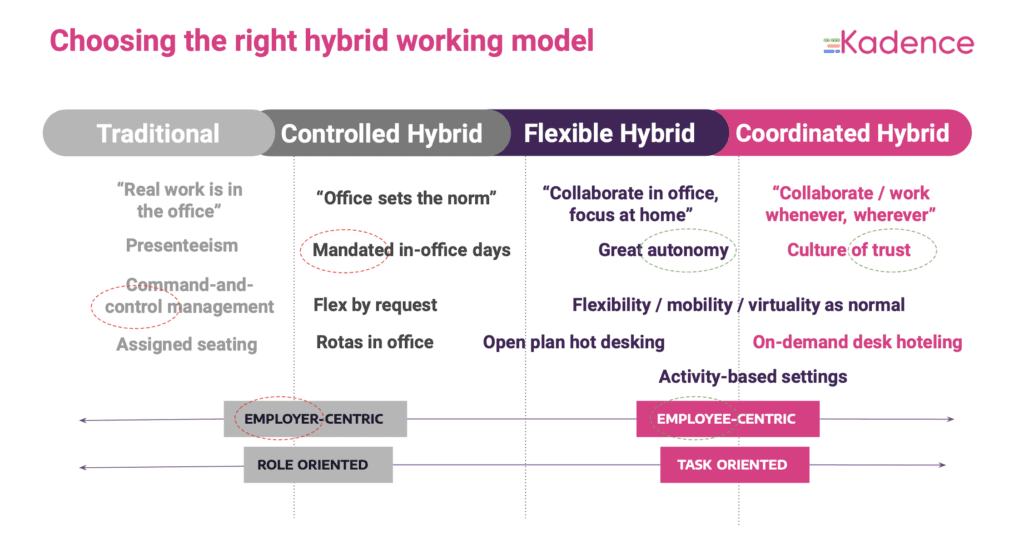
Coordinated Hybrid, by contrast, is designed for modern work. It’s built on a simple but powerful idea: enable people to work wherever they do their best work, and align teams so that collaboration happens with intention. In practice, this means shared in-office days for teams that benefit from live interaction, on-demand desk booking, virtual parity for all meetings, and an activity-based approach to space design.
Crucially, coordinated hybrid fosters a culture of trust. It avoids the binary thinking that says “real work” happens only when people are visible. It recognizes that outcomes matter more than presence. And it gives individuals autonomy while preserving team cohesion through smart coordination.
This is the model companies like Google need — not just to retain top talent, but to unlock their full potential.
What The Data Tells Us
The evidence for coordinated hybrid isn’t anecdotal — it’s overwhelming. A 2024 study published in Nature showed that hybrid work reduces attrition by 33%. That’s a massive win for companies trying to retain skilled workers in a tight labor market. Nicholas Bloom’s research at Stanford has repeatedly shown that hybrid models, when structured well, boost productivity and don’t hamper promotion rates.
And Gallup has found that hybrid workers are more engaged, less likely to burn out, and more likely to feel in control of their work-life balance. According to their research, employees who work in a hybrid model report the highest levels of engagement compared to those who are fully remote or fully on-site. Gallup’s State of the Global Workplace report emphasized that hybrid work significantly contributes to employee wellbeing by offering greater autonomy and better integration of personal and professional lives.
These aren’t minor perks. They’re the foundation for sustainable performance.
What Google (And Others) Should Be Doing
It’s not too late for Google to course correct on hybrid work. But it requires rethinking hybrid work not as a logistical constraint but as a strategic asset. That starts with standardizing hybrid principles across the company — not leaving each team to make it up as they go. It also means shifting from control to coordination: giving teams the tools and structures they need to thrive, wherever they’re based.
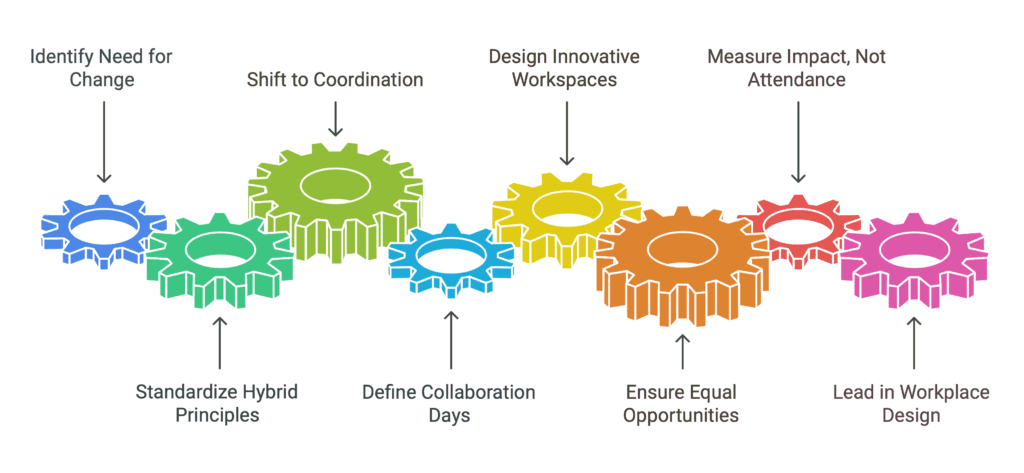
This could include:
- Defining collaboration days for each function, driven by task needs, not management preference
- Designing physical workspaces around connection and innovation, not occupancy metrics
- Ensuring remote employees have equal access to mentorship, feedback, and growth opportunities
- Measuring impact, not attendance
If Google wants to lead in AI, it must also lead in workplace design and hybrid work models. Because attracting world-class talent doesn’t just depend on what you build. It depends on how you let people build it.
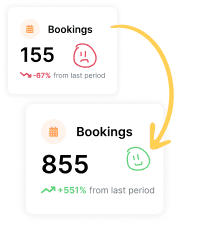
The Real Lesson
These recent decisions by Google on hybrid work should serve as a wake-up call for the industry. This isn’t just about one company reverting to old habits. It’s about the broader failure to see hybrid work for what it is: not a compromise, but an opportunity. One that requires intention, alignment, and trust.
The companies that thrive in the next decade will be the ones that stop asking, “Where should people work?” and start asking, “How can we enable them to do their best work — together?”
That’s the promise of coordinated hybrid. And it’s the standard every forward-thinking leader should be aiming for. If your organization is ready to evolve from outdated hybrid models to a coordinated approach that empowers people and drives performance, now’s the time to take action.
Book a demo with Kadence’s hybrid work experts to see how we can help you build a smarter, more connected workplace. With features like Kadence Insights Plus, you’ll get customized dashboards that reveal how your teams work best — and where there’s room to optimize. Let’s design the future of work, together.



